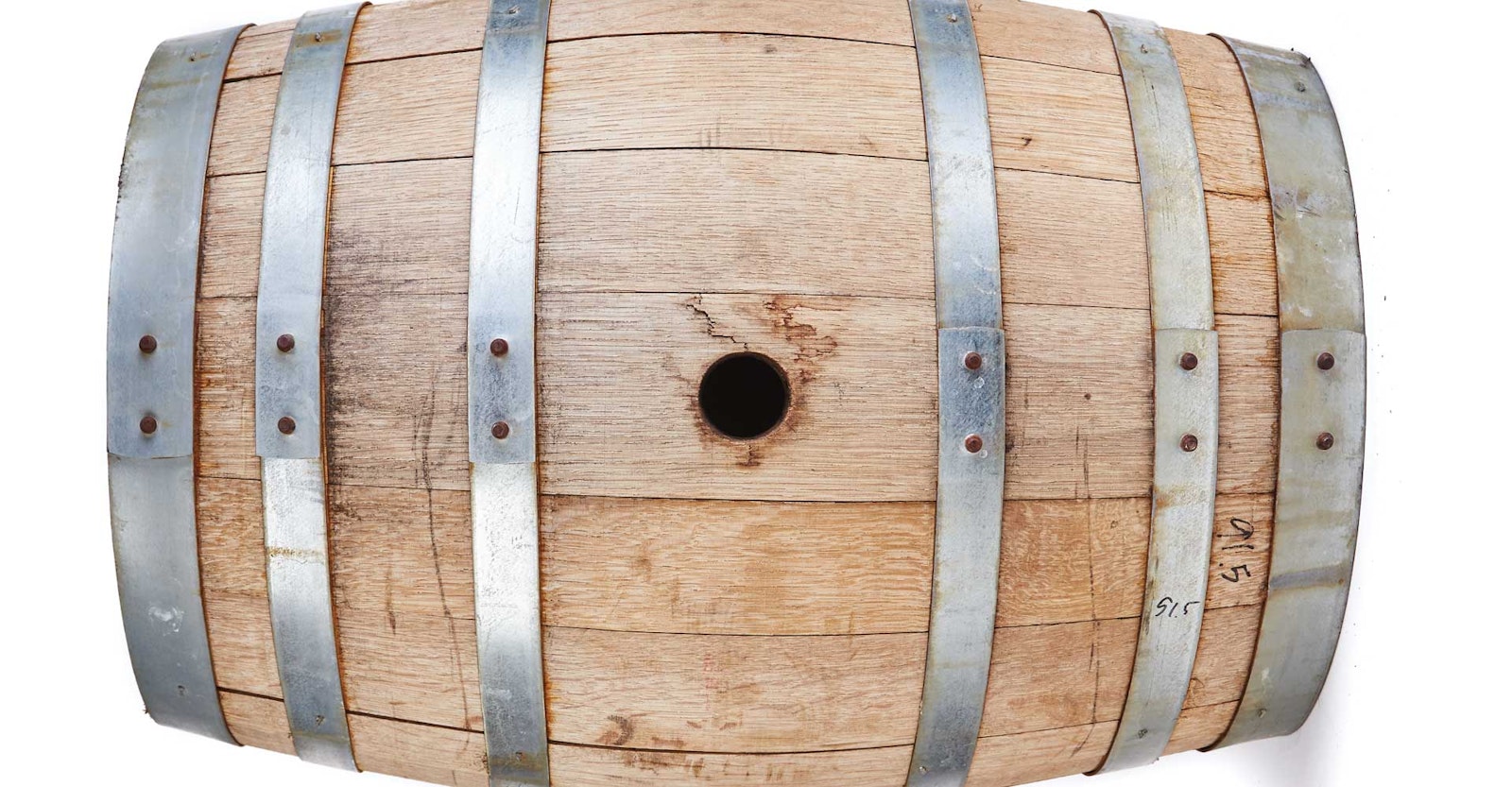When I first started in 1995, the brewery was part of the Firestone Winery. We were getting rid of hundreds of wine barrels. A lot were being turned into planter boxes, and I actually spent time convincing the cofounders that it was a bad idea to make our first beer in retired wine barrels. There was no market for wild or sour beers at that time, and we didn’t want the microflorae. I convinced the owners that if we were going to make “clean” beer aged in wood, we needed new barrels that had never been used. Fast- forward 22 years, and we have a whole program that uses wine barrels, the same kind that we got rid of all those years ago. Funny how things change.
Wine barrels are a vessel, but they are also an ingredient. A wine barrel is a living environment of microflorae that helps us create the beers that we want to taste. When we brew with wine barrels, we’re not always looking for the characteristics of the wine that was once housed inside. If we wanted something that was heavy on the influence of the fruit, we’d get juice, must, crushed skins, or the raw ingredients; that would impart true wine character. But when we ferment and mature beer in wine barrels, really we’re looking for the characteristics of the microflorae and oak.
In selecting barrels, a couple of things are obvious. If the inside of the barrel smells like vinegar, you’re likely going to get a beer that has those aromas and flavors, and that’s not always desirable. Also, in California, there’s a beetle that likes to bore into the wood of barrels, particularly those that wineries have stored outdoors. We don’t want to bring those into the barrel room, so we try to keep away from barrels like that. A visual and sensory inspection is important. The barrel may have been left dry for some time, so you may need to rehydrate the barrel, swell it up and stop any leaking.

